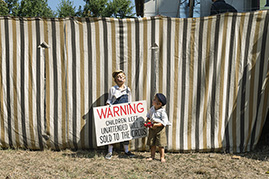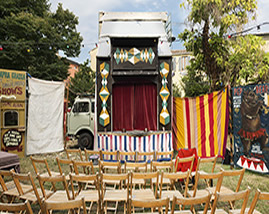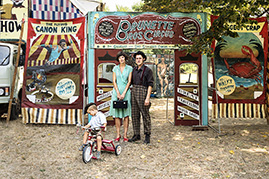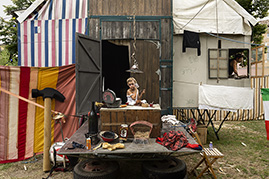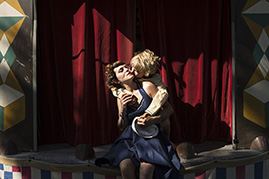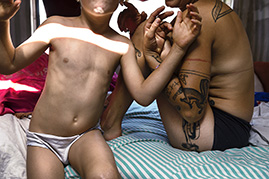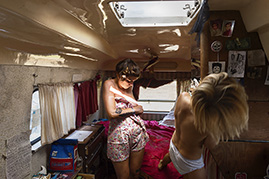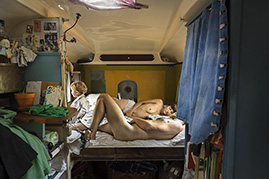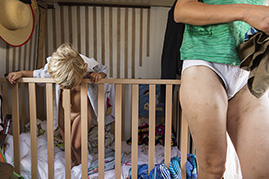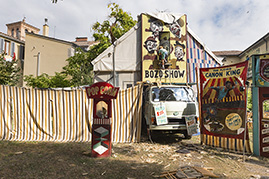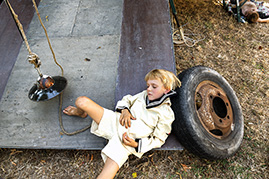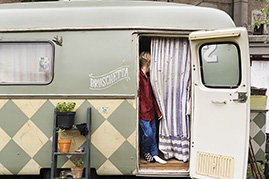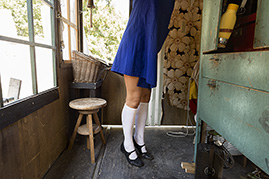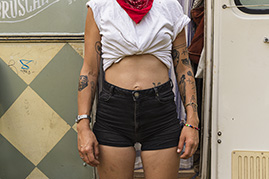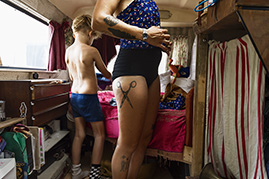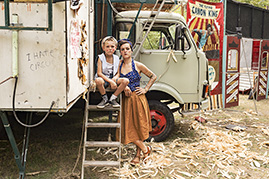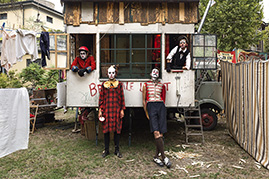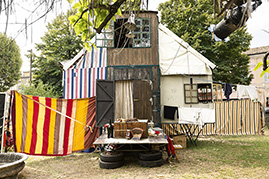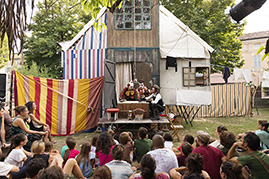The Circus.
Perhaps there is nothing more anachronistic.
A legacy of a past millennium, kept alive in microcosms on the fringe of reality, in many of the forgotten European States. They manifest for pleasure and nostalgia of times now buried among the ruined pages of worn history books.
The Circus so outdated, yet so perfect, like a symbol of a world without frontiers, globalized, multiethnic, a wheel, which spins and squeaks, relentlessly and without a pause.
The Circus with its delight and its despair is a metaphor for life.
The Lives of the Artists are filled with love, victory and triumph, defeat and humiliation; nomadic lives which follow diagonal or circular routes, like the cycles of seasons.
The circus symbolizes both freedom and enslavement.
The liberty to not obey a master, nor borders. Slaves to relentlessly cold and rainy winters, which invade the precarious caravans and summers in which the suffocating sun beats down on the dusty roads to barter with one’s last breath.
They work for themselves, their families and fellow adventurers.
The circus is not only art and creativity, but also patience and preparation, physical training and manual labor; it consists of study, design, blood and sweat, working diligently for hours to come up with a new show and long days of grueling tests. All this perhaps with just a few dollars in your pocket and little food in your pantry, contented by your staging ground which could be the parking lot of a supermarket.
It’s greatest virtue coincides with it’s own greatest limits; the impossibility of a definitive goal, the eternal search for something which just perhaps exists; or may be not.
Dreams every now and then of a house and a bit of stability? Instead, you're still in your trailer, under the big top, or outdoors in front of a selected audience of 60 people. Clearly this show is not for everyone.
The Brunette Bros family, the greatest and second smallest circus in the world, is a confirmation that humanity still exits in this hyper technological world where connections are made with words which come out of mouths, eyes that look, faces, which express emotions and thoughts, and bodies which touch and reveal relationships among people.
As the Italian novelist, Fabio Stassi once wrote in Charlot’s last dance: Only in the disorder called Love, any stunt is possible.
We are all tightrope walkers in precarious equilibrium on a thing wire, which is almost imperceptible.
You can learn by osmosis, like the children who grow up in this arts company, but one will only and always learn in life by traveling, on roads made of an aray of colors; roads which wear down your shoes in pursuit of dreams and wonders. |
